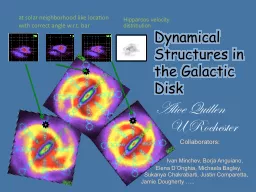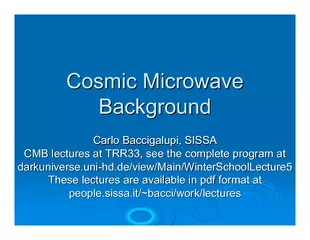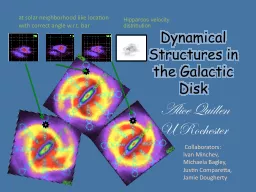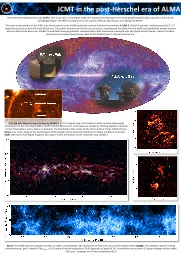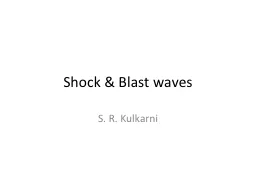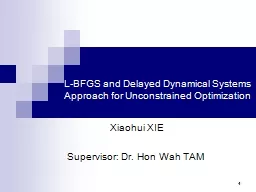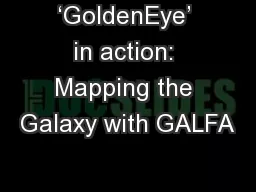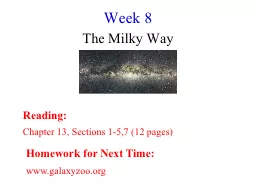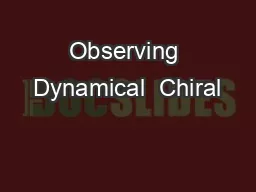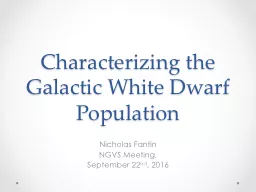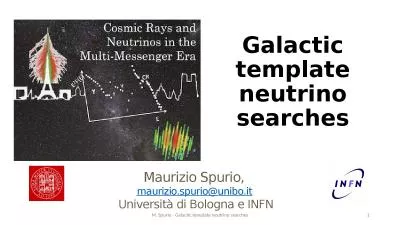PPT-Dynamical Structures in the Galactic Disk
Author : min-jolicoeur | Published Date : 2017-07-06
at solar neighborhood like location with correct angle wrt bar Hipparcos velocity distribution Alice Quillen Ivan Minchev Borja Anguiano Elena
Presentation Embed Code
Download Presentation
Download Presentation The PPT/PDF document "Dynamical Structures in the Galactic Dis..." is the property of its rightful owner. Permission is granted to download and print the materials on this website for personal, non-commercial use only, and to display it on your personal computer provided you do not modify the materials and that you retain all copyright notices contained in the materials. By downloading content from our website, you accept the terms of this agreement.
Dynamical Structures in the Galactic Disk: Transcript
Download Rules Of Document
"Dynamical Structures in the Galactic Disk"The content belongs to its owner. You may download and print it for personal use, without modification, and keep all copyright notices. By downloading, you agree to these terms.
Related Documents

